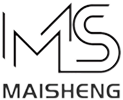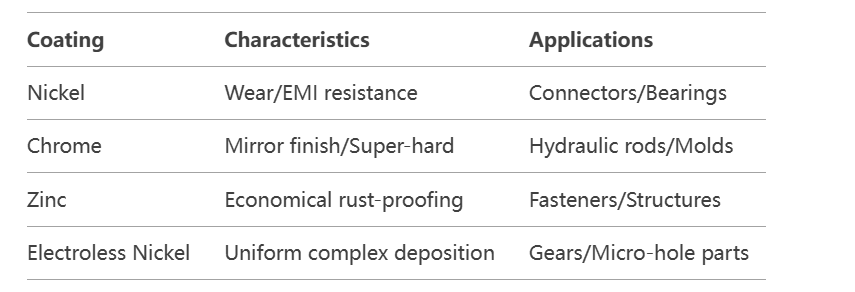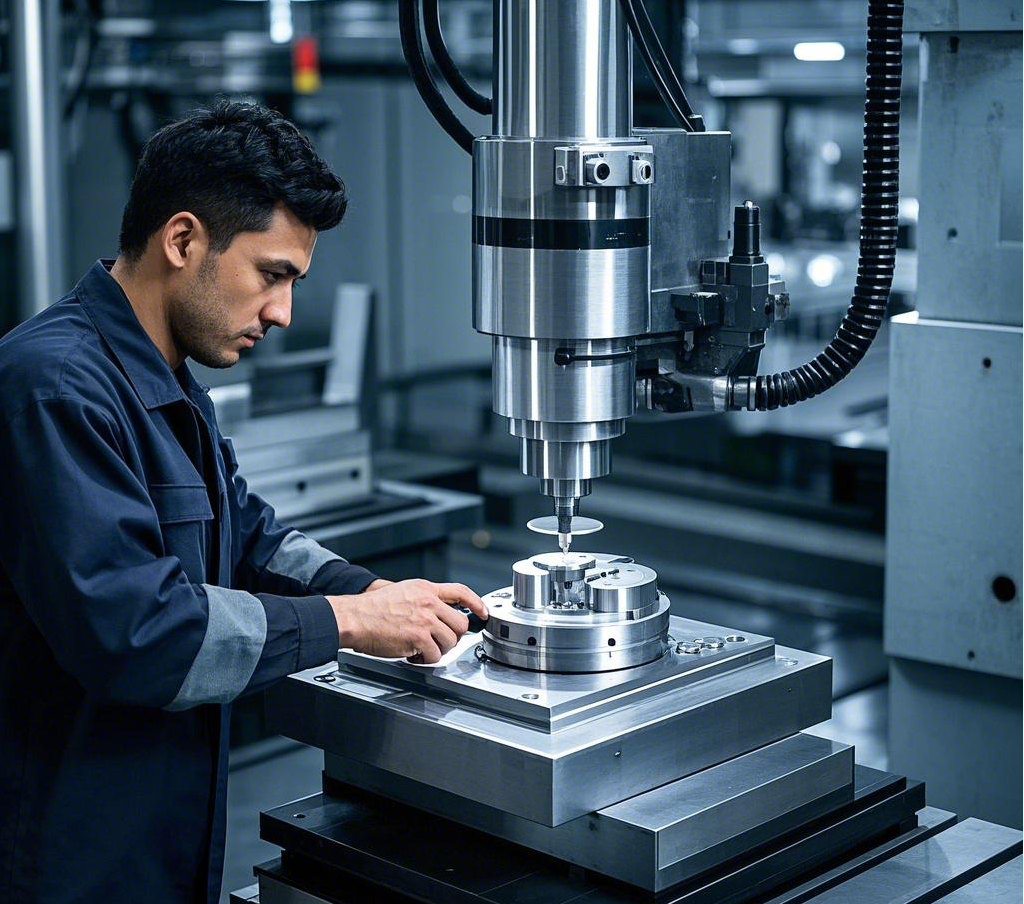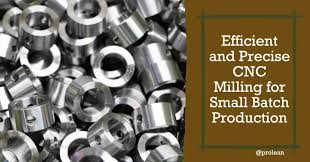Common Surface Treatments in CNC Machining: How to Choose Between Sandblasting, Anodizing, and Plati
3-Minute Guide to Selecting Surface Finishes While Avoiding 90% of Post-Processing Issues
Surface treatments account for 15-35% of total part costs in precision machining
With experience from 200+ metal finishing projects, our technical team reveals engineering-driven selection strategies for these three mainstream processes.
I. Core Technical Comparison Matrix
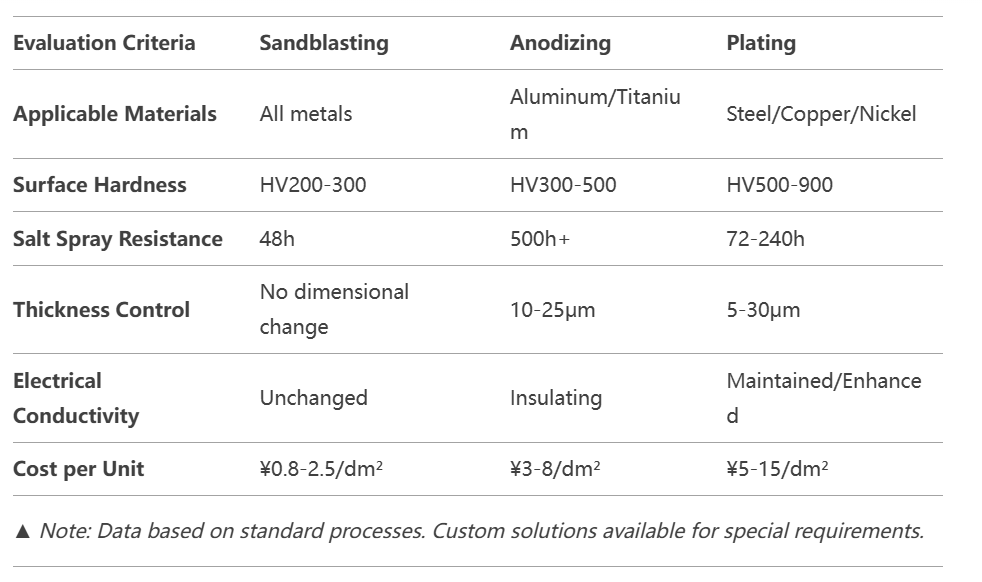
II. Process Characteristics Deep Dive
1. Sandblasting: Rapid Functional Surface Preparation
Key Benefits:
Enhanced cleanliness: Achieves Sa 2.5 surface standard
Stress relief: Creates 0.05-0.1mm compressive stress layer
Matte finishes: Controlled roughness Ra 1.6-6.3μm
Common Mistakes:
Using glass beads on stainless steel causing embedded contamination
Over-blasting aluminum leading to fatigue strength reduction
Our Innovations:
✅ Precision ceramic media (#220-#800 grit options)
✅ 3D adaptive robotic blasting systems
2. Anodizing: Comprehensive Protection for Aluminum
Process Tree:

Technical Limitations:
Aluminum with >5% copper content causes color inconsistency
Allow 0.02-0.05mm expansion for threaded components
Success Case:
Drone gimbal bracket using hard anodizing:
3x wear resistance improvement
15% weight reduction vs plated steel
3. Plating: Precision Functional Coatings
Coating Selection Guide:
Critical Controls:
Perfect degreasing (contact angle <5°)
Coating thickness variation ≤±2μm
200℃×4h dehydrogenation for embrittlement-sensitive parts
III. Decision Flowchart: 5 Steps to Optimal Selection
Functional Needs:
Corrosion protection → Anodizing/Plating
Aesthetics → Sandblasting/Colored anodizing
Special properties → Hybrid processes (e.g., sandblast + MAO)
Base Material:
Aluminum → Anodizing
Steel → Plating/Dacromet
Tolerance Limits:
Avoid anodizing if tolerance <0.05mm
Skip hard anodizing for thin walls (<1mm)
Budget Constraints:
<¥5/dm² → Sandblasting/Natural anodizing
¥10/dm² → Multi-layer plating/Special anodizing
Our Technical Advantages:
✅ Surface failure analysis lab (SEM/EDS equipped)
✅ Specialized capabilities:
- Conductive aluminum oxidation (<0.1Ω)
- Fingerprint-resistant stainless steel plating
✅ 48-hour rapid prototypingFAQ:
Certifications:
Food-grade: FDA-compliant anodizing
Military: MIL-A-8625 Type III
Medical: ISO 13485 compatible processes
Q: Can 304 stainless steel be anodized?
A: Requires specialized electrolysis (+40% cost). Recommend PVD coatings instead.
Q: Is plating after sandblasting feasible?
A: Requires ultrasonic cleaning to prevent blistering from residual media.
Q: How to ensure black anodizing colorfastness?
A: Use organic dyes + medium-temperature sealing (ΔE<1.5 after 1000h UV testing).
